Today we’re talking about alternative weaving materials. It’s time to either weave with what you already have or what you can find!
We are on week 3 of Earth Month! Every Wednesday this month we are talking about how you can have a more sustainable weaving studio and practice.
Sometimes sustainable weaving means not buying anything new (Reduce!) and trying out something you may not have considered before (Reuse and Recycle!) Using these alternative weaving materials can be rewarding for you and the environment.
Weaving doesn’t always have to be a formal process. It can be fun and fulfilling to try out new materials and weave outside the traditional loom and yarn.
You can and should do this occasionally even if you’re not trying to save the planet one weaving at a time.
Not to mention – we’re all staying home right now so finding new materials from around and just outside your house can get you up and moving at a time when we all feel a little stuck.
Also, sometimes trying out new techniques can be a great way to inspire new work! Anytime you step outside of your comfort zone you can be inspired by the material, process, or act of having to think a different way.
We can all use a little more inspiration.
So how do you make a weaving without purchasing new yarn? Here are a few examples of ways you can break out of your weaving rut using alternative weaving materials without contributing new waste.
This post may contain affiliate links. If you purchase something through these links then I will receive a small commission that helps keep the blog going – at no extra cost to you! Please read our DISCLAIMER for more info. Thanks for the support!
Weave With Paper
There are many different ways you can weave with paper.
Weaving paper strips might conjure up the image of brightly colored construction paper like that used in elementary school. This is generally the first introduction that most people have to weaving.
Don’t let this deter you!
To take it outside of the elementary school days you can use higher quality paper and/ or try out intricate weaving patterns.
Watercolor paper is a great choice because it is really stiff and you can paint it to add color!
Due to the stiffness of the paper, the patterns can really pop and become three dimensional. These patterns will really shine with proper lighting.
If you don’t have watercolor paper – don’t worry. Any paper will do. Newspaper, scrapbook paper, and old journals are all great options.
Paper strips can also be supplemented into your more traditional yarn weavings! Keep in mind, if you are using stiff paper then the warp will be visible. This means the color of your warp yarn may be extra important.
Learn more about weaving with paper in THIS post!
Idea: Use tissue paper to create a tapestry! Since tissue paper is more pliable then some others it will compress in a similar way to yarn if you cut it into strips. Use an x-acto knife and self-healing mat* or a paper cutter* to get clean cuts or go for a more organic edge by ripping your paper into strips first.
* I don’t recommend buying these things if you’re only going to use them 1 time. Seriously, make sure that you can get a lot of use out of it before you go out and buy anything new. Maybe even check to see if you can get them used first! *
Weave With Organic Material
How about going for a walk?
Get out and enjoy some sunshine while searching for organic material that can be woven into your next piece!
If it’s malleable like grass you may be able to weave multiple rows, but if you find some wild flowers with long woody stems then they might have to extend past your selvedges. Take advantage of this and let the nature of the flowers shine! Consider cutting them to different lengths so they extend past your weaving in interesting ways.
You can also use twigs or really any long organic material in your weaving.
The only limit is what you can find.
A possible downside is that organic matter will die and dry the longer it sits. Only use material you will be happy with after time takes its toll. A lot of flowers are still beautiful when dried, but others will just fall apart.
Use organic material as the only weft or as supplement to your yarn! Experiment and have fun – just don’t steal flowers from your neighbor…
Idea: Walk around your neighborhood and only use the materials you find on that walk in your weaving. This weaving is now a physical embodiment of that walk or experience. This is a fun way to record your time to look back on later.
The weaving shown below was woven on an upcycled picture frame with my loom waste from my spring scarf (FREE PATTERN HERE!) as the warp and weft. I supplemented it with some forsythia that grows in my backyard.
Weave With Trash
What’s that old saying?
One person’s waste is another person’s weft?
Yeah, that sounds right.
If you want to go beyond strips of paper, you can also take plastic bags and cut them into long strips. If they are thin enough, plastic bags will compress like yarn for use in tapestry. Bags that are strong enough could even be used as warp on a frame loom.
Also consider food packaging, netting, old clothes, fishing line, or anything that can be cut down or embedded into the weaving.
If you can put it into a weaving, you are saving it from a landfill.
Speaking of fishing line. This can be a really fun albeit challenging material to use. Fishing line has a lot of ENERGY and likes to do it’s own thing. I don’t recommend this for when you are first starting, but if you are looking for a challenge – this could be right up your alley.
Just because you are using trash, doesn’t mean your weaving aesthetic has to suffer. You are already using alternative weaving materials so why not consider painting on the piece or using only trash that is a certain color. Using a little color theory can take your found materials and make them into something inspired.
Read about making yarn from plastic bags HERE.
Idea: Consider taking inspiration from the colors first and then figuring out how to incorporate it into the weaving later. This will make you think about the weaving differently and might just inspire a whole new concept, color pallet, or series. Giving yourself challenges occasionally makes your brain work a little harder. If you are feeling stuck this can kick-start your creative process.
What’s the weirdest place you’ve found alternative weaving materials? Let me know!
⇣ Love It? Share it! ⇣
You May Also Like














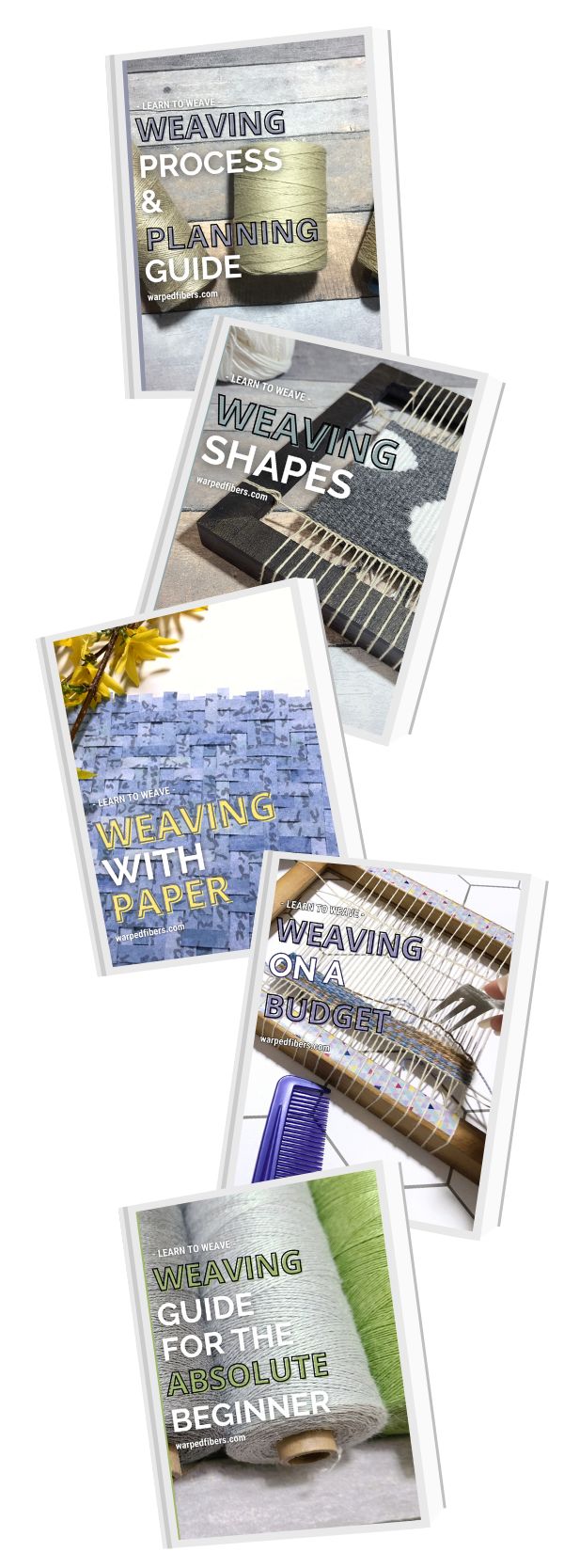
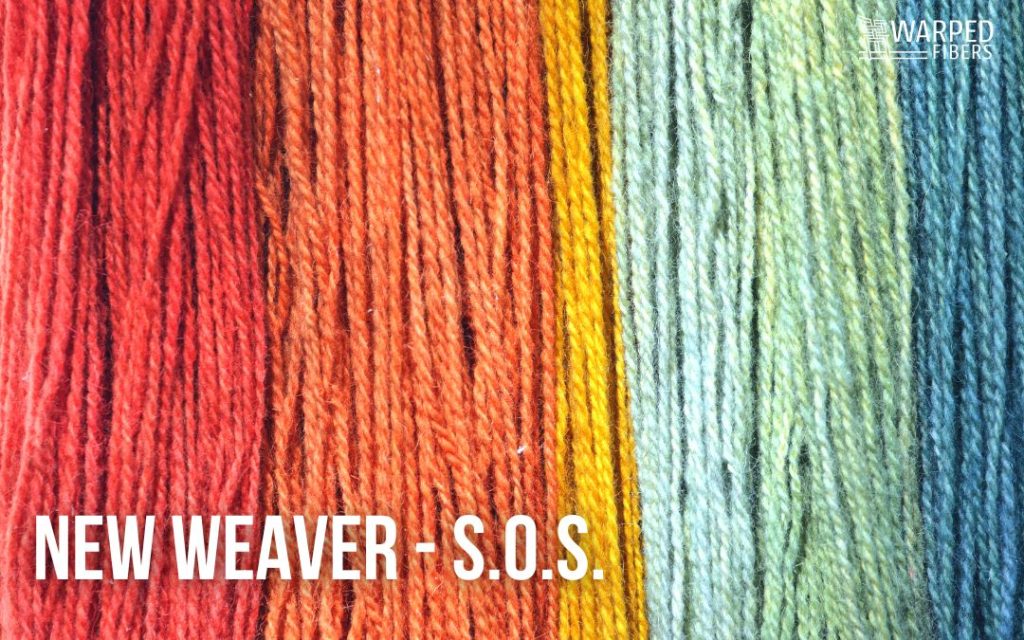

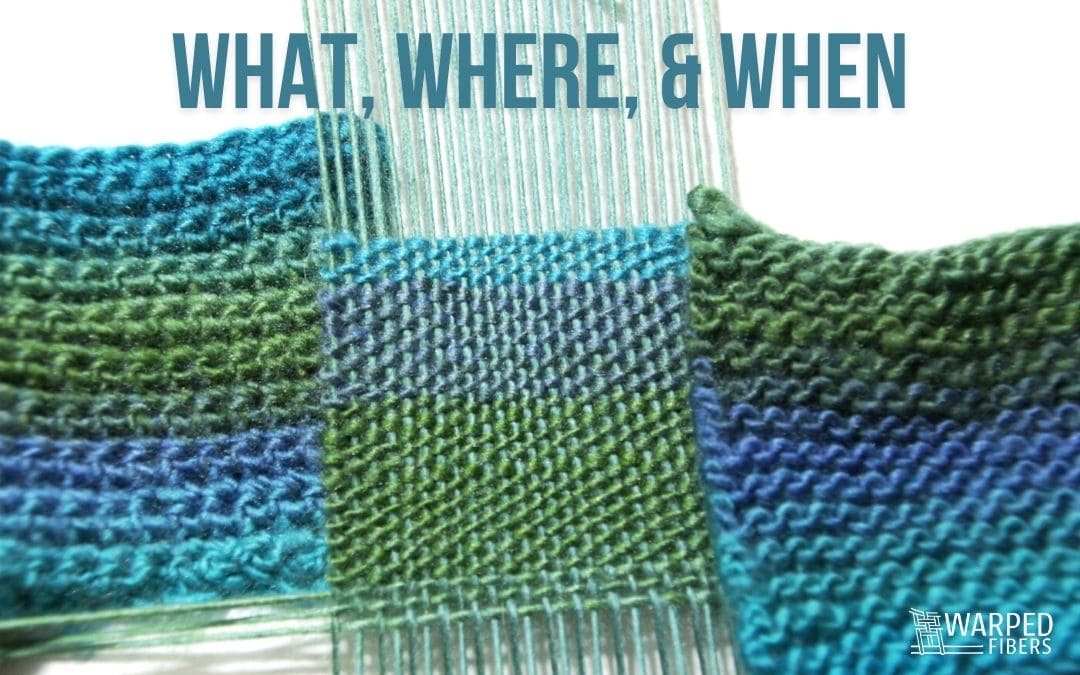

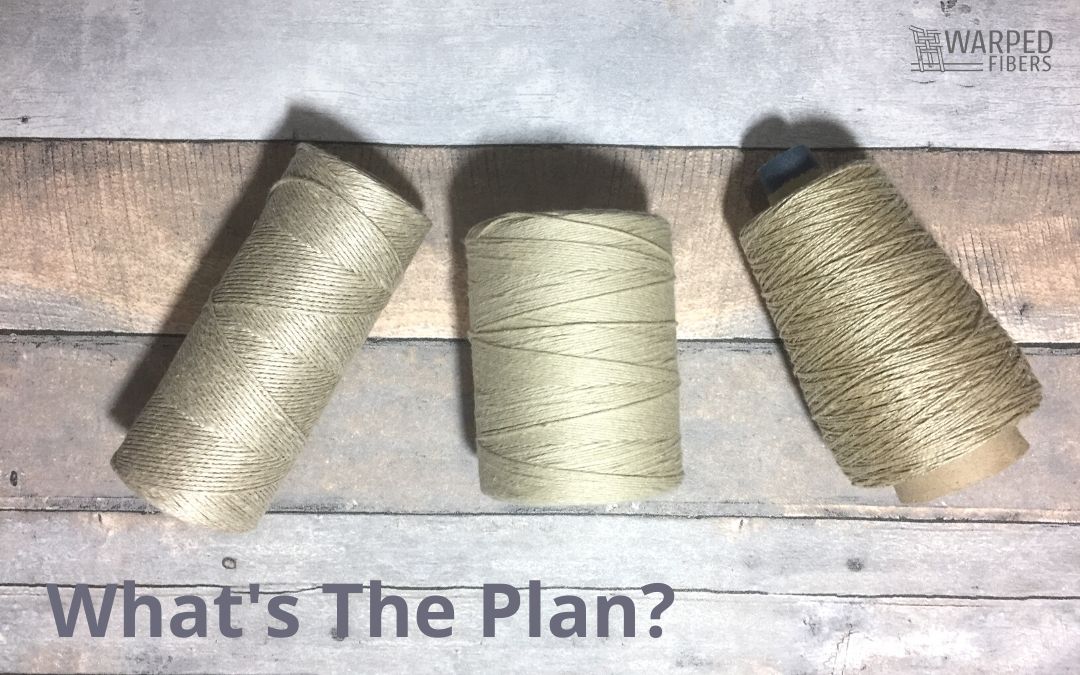

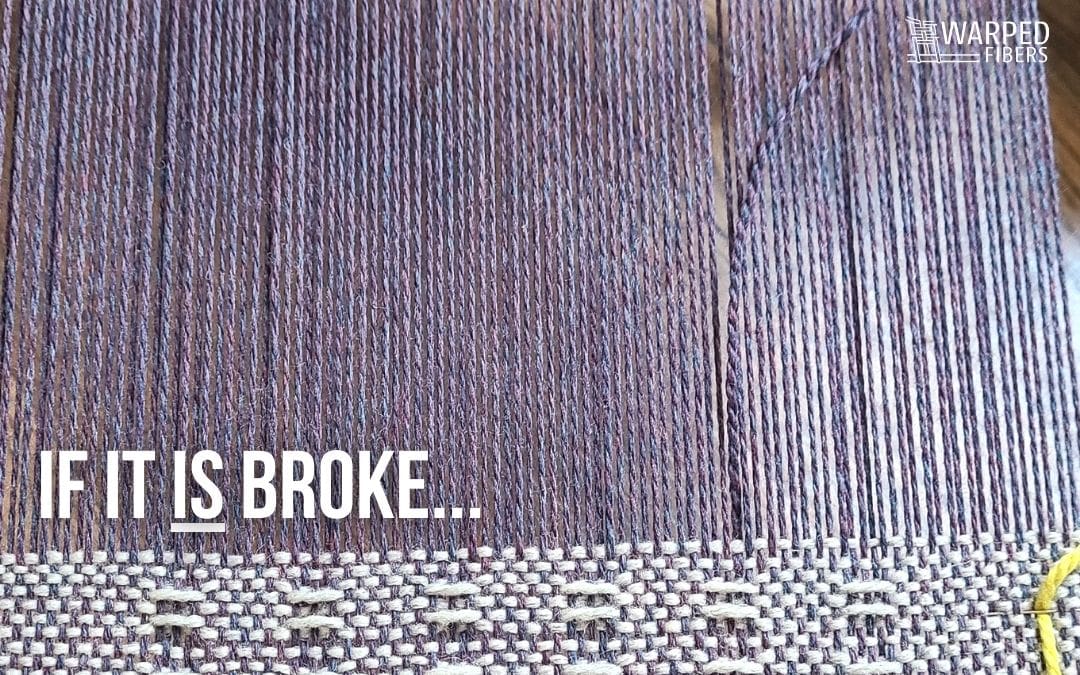

I enjoyed seeing the different ways to weave and interested learning about color.
Glad you liked the post! Make sure to check out my post on weaving color theory
This is fun! I was just reading a news story the other day about a local woman that is crocheting mats for the homeless to sleep on using plastic grocery bags – I’m sure you could do something similar weaving too! I have been saving ours up (a few local stores aren’t accepting reusable bags right now until the COVID-19 situation is resolved) – I am hoping to get ahold of her so that I can donate them.
I had a student tell me about that actually! It’s an awesome idea and you can definitely do something similar with weaving plastic bags.